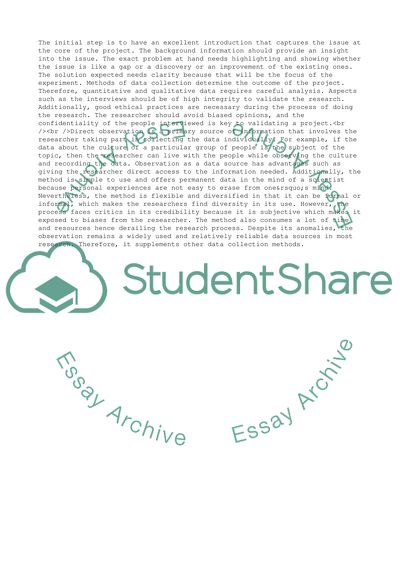Cite this document
(Research Methods for Managers Coursework Example | Topics and Well Written Essays - 1500 words, n.d.)
Research Methods for Managers Coursework Example | Topics and Well Written Essays - 1500 words. https://studentshare.org/management/1875328-research-methods-for-managers
Research Methods for Managers Coursework Example | Topics and Well Written Essays - 1500 words. https://studentshare.org/management/1875328-research-methods-for-managers
(Research Methods for Managers Coursework Example | Topics and Well Written Essays - 1500 Words)
Research Methods for Managers Coursework Example | Topics and Well Written Essays - 1500 Words. https://studentshare.org/management/1875328-research-methods-for-managers.
Research Methods for Managers Coursework Example | Topics and Well Written Essays - 1500 Words. https://studentshare.org/management/1875328-research-methods-for-managers.
“Research Methods for Managers Coursework Example | Topics and Well Written Essays - 1500 Words”. https://studentshare.org/management/1875328-research-methods-for-managers.


